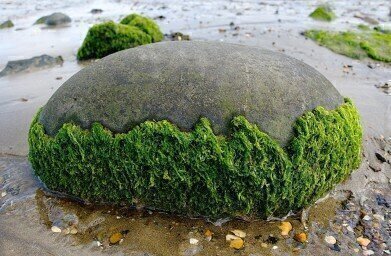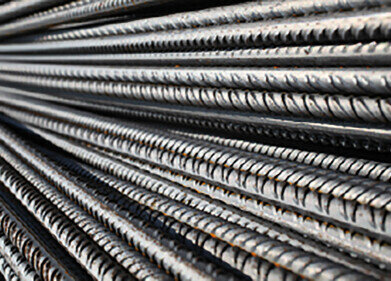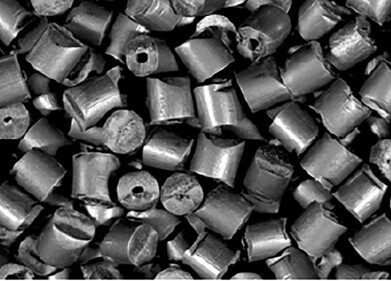Biofuel Industry News
4 Unusual Sources of Biofuel
Mar 25 2021
As a sustainable and clean source of energy, biofuels are becoming an increasingly popular alternative to fossil fuels. But while most biofuels are created from organic matter such as timber, wood chips and plant stems, the scientific community is becoming ever more creative in its attempts to produce biofuels from different sources.
Below are four of the most unusual sources of biofuel which, although not used on a widespread scale at the present time, have demonstrated their effectiveness in providing power through environmentally friendly means.
Human fat
Animal fat has long been a staple ingredient in biodiesels, with the gelatinous substance being mixed with alcohol to create an eco-conscious alternative to regular fuel. In the UK, few vehicular engines are equipped to deal with pure biodiesels, while the substance must have its sulphur and chlorine concentrations thoroughly measured, as well. But did you know that human fat is also being used to serve as a fuel source? Liposuction clinics are repurposing the fat sucked from their clients’ bodies by fuelling vehicles such as SUVs in Los Angeles and record-breaking powerboat Earthrace, skippered by Kiwi captain Pete Bethune.
Algae
These tiny aquatic organisms absorb carbon dioxide from the atmosphere, making them already an environmentally helpful prospect. What’s more, they also convert sunlight into energy, much of which is stored in natural oils that can be harvested and transformed into usable biofuels. The best part of all? They’re capable of producing as much as 200 times the amount of biomass that a comparable land-based crop would (like soybeans, for example), meaning they are a hugely exciting source of renewable energy for the future.
Wine
While no one wants to see good wine go to any purpose other than allowing those who imbibe it to unwind, there is unfortunately a significant amount of spoiled wine created every year that’s simply not fit for human consumption. Thankfully, the European Commission has sought to right this terrible wrong by funding an initiative to convert excess wine into bioethanol. In fact, the Bordeaux region of France – which is one of the most famous and prolific wine-making locations on the planet – is diverting seventeen million litres (approximately two million cases of bottled wine) into ethanol each year. Bottoms up!
Cheese
What good is wine without some cheese to go with it? In the Lake District in the UK, Europe’s first anaerobic digestion (AD) plant fuelled solely by cheese by-products opened its doors in 2016. The onsite tanks are pumped full of the liquid whey that’s left over from the cheesemaking process, before bacteria are allowed to have their wicked way with the sugars and fats left in the residue. The end result? 1,000nm3 of usable biogas every single hour! Unbrielievable!
Digital Edition
PIN 25.2 Apr/May
April 2024
In this Edition Safety - Carbon monoxide toxic and flammable gas detection Analytical Instrumentation - Density: A fundamental parameter at critical stages within the petroleum sector...
View all digital editions
Events
May 05 2024 Seville, Spain
May 06 2024 Riyadh, Saudi Arabia
May 06 2024 Houston, Tx, USA
May 06 2024 Houston, Tx, USA
Canada Gas & LNG Exhibition & Conference
May 07 2024 Vancouver, BC, Canada


















